Cause of death Stroke Name Richard Proenneke | Role Naturalist Nationality American | |
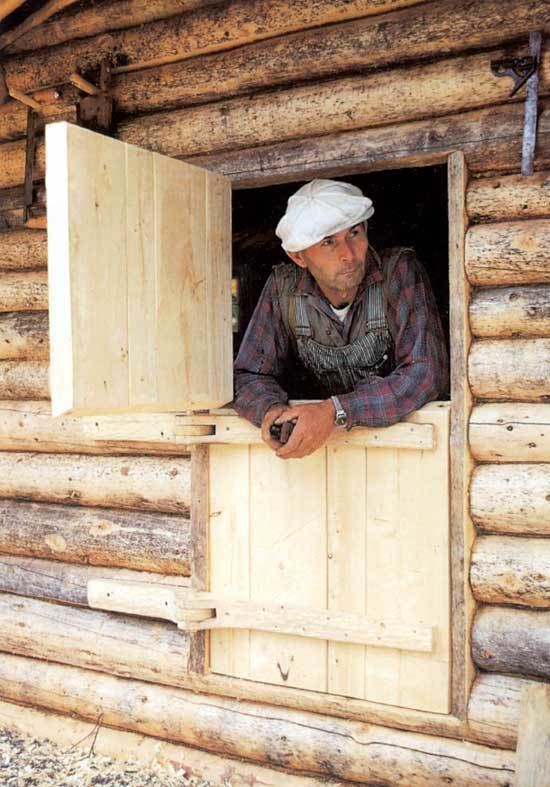 | ||
Full Name Richard Louis Proenneke Residence Twin Lakes, Alaska, United States | ||
Richard Louis "Dick" Proenneke (May 4, 1916 – April 20, 2003) was a self-educated naturalist who lived alone for nearly thirty years in the mountains of Alaska in a log cabin he had constructed by hand near the shore of Twin Lakes. Proenneke hunted, fished, raised and gathered his own food, and also had supplies flown in occasionally. He documented his activities in journals and on film, and also recorded valuable meteorological and natural data. The journals and film were later used by others to write books and produce documentaries about his time in the wilderness.
Contents
Life
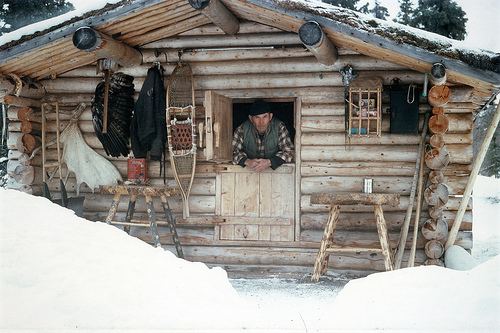
Proenneke's father, William Christian Proenneke, served in World War I and later made his living as a well driller. His mother, Laura (née Bonn) was a homemaker. His parents married in late 1909, or early 1910, and had three daughters and three sons: Robert, Helen, Lorene, Richard (Dick), Florence, and Raymond (Jake). The year of Richard's birth is often given as 1917, but social security and census records have him born in Primrose, Harrison Township, Lee County, Iowa, on May 4, 1916.

Proenneke enlisted in the United States Navy the day after the attack on Pearl Harbor and served as a carpenter. He spent close to two years at Pearl Harbor and was later stationed in San Francisco waiting to join a new ship assignment. After hiking a mountain near San Francisco he contracted rheumatic fever and was hospitalized at Norco Naval Hospital for six months. During his convalescence the war ended and he was given a medical discharge from the Navy in 1945.:xiii According to friend and writer Sam Keith, the illness was very revealing for Proenneke, who decided to devote the rest of his life to the strength and health of his body.
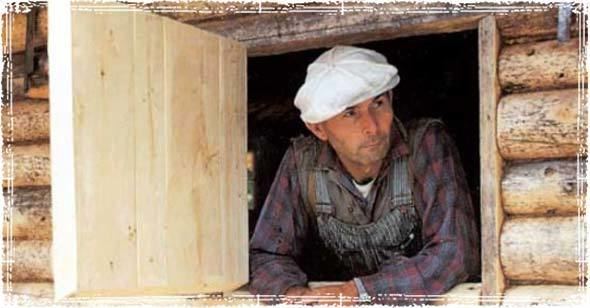
Following his discharge from the Navy, Proenneke went to school to become a diesel mechanic. The combination of his high intelligence, adaptability, and strong work ethic turned him into a very skilled mechanic. Though quite adept at his trade, Proenneke yielded to his love of nature and moved to Oregon to work at a sheep ranch. He moved to Shuyak Island, Alaska, in 1950.
For several years, he worked as a heavy equipment operator and repairman on the Naval Air Station at Kodiak. Proenneke spent the next several years working throughout Alaska as both a salmon fisherman and diesel mechanic. He worked for the Fish and Wildlife Service at King Salmon on the Alaska Peninsula. His skills as a mechanic were well-known and extremely sought after, and he was able to put away a modest nest egg for retirement.
Site
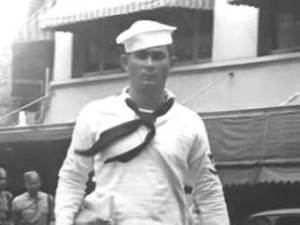
On May 21, 1968, Proenneke arrived at his new place of retirement at Twin Lakes. Beforehand, he made arrangements to use a cabin on the upper lake of Twin Lakes owned by retired Navy captain Spike Carrithers and his wife Hope of Kodiak (in whose care he had left his camper). This cabin was well situated on the lake and close to the site which Proenneke chose for the construction of his own cabin.

Proenneke's cabin is hand-made and is notable for its remarkable craftsmanship due to his skill as a carpenter and wood worker, and because of the films he made of the complete construction procedure. Most of the structure and the furnishings are made from materials in and about the site, from the gravel taken from the lake bed to create the cabin's base, to the trees he selected, cut down, and then hand-cut with interlocking joints to create the walls and roof rafter framing. The window openings were planned and cut to suit. The fireplace and flue were made from stones he dug from around the site and meticulously mortared in place to create the chimney and hearth. He used metal containers for food storage—one-gallon cans were cut into basin shapes and buried below the frost line. This ensured that fruits and perishables could be stored for prolonged periods in the cool earth yet still be accessible when the winter months froze the ground above them. Proenneke's friend, bush pilot and missionary Leon Reid "Babe" Alsworth, returned periodically to bring food and orders that Proenneke placed through him to Sears.
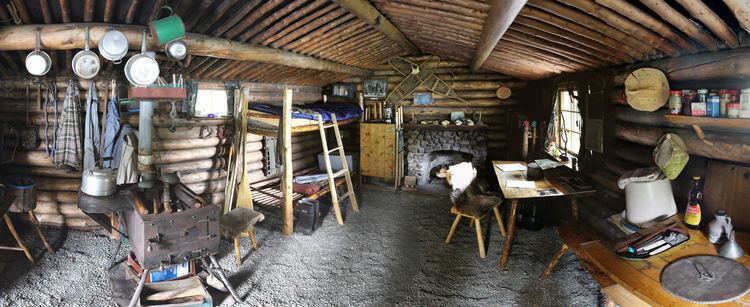
Proenneke remained at Twin Lakes for the next sixteen months when he left to go home for a time to visit relatives and secure more supplies. He returned to the lakes in the following spring and remained there for most of the next thirty years, going to the contiguous United States only occasionally to be with his family. He made a film record of his solitary life which was later recut and made into the documentary Alone in the Wilderness. It has aired on PBS numerous times. With a score of 9 out of 10 from the aggregation of nearly 2000 votes at the Internet Movie Database, the documentary is one of the highest rated of all time. In 2011 a sequel was produced after it was discovered that Proenneke had shot enough footage for at least two more programs. Alone in the Wilderness: Part 2 premiered on December 2, 2011. A premiere date for Part 3 has yet to be announced.
Proenneke's cabin was added to the National Register of Historic Places in 2007.
Death and legacy
In 1999, at age 82, Proenneke returned to civilization and lived the remainder of his life with his brother Raymond "Jake" Proenneke in Hemet, California. He died of a stroke on April 20, 2003, at the age of 86. He left his cabin to the National Park Service, and it remains a popular visitor attraction in the still-remote Twin Lakes region of Lake Clark National Park.
Sam Keith, who got to know Proenneke at the Kodiak Naval Station and went on numerous hunting and fishing trips with him, suggested that Proenneke's journals might be the basis for a good book. Proenneke agreed to whatever changes Keith wanted to make. In 1973, Keith published the book One Man's Wilderness: An Alaskan Odyssey, based on Proenneke's journals and photography.:vii After years in print it was re-issued in a new format in 1999, winning that year's National Outdoor Book Award (NOBA). A hardcover "commemorative edition", celebrating the fortieth anniversary of the publication of One Man's Wilderness, was published by Alaska Northwest Books in 2013. In 2003, some of the copyrighted text from the book and some of Proenneke's film were used with permission in the documentary Alone in the Wilderness, which began appearing on U.S. Public Television. It follows Proenneke's life as he builds a cabin from the surrounding natural resources and includes his film footage and narration of wildlife, weather, and the natural scenery while he goes about his daily routine over the course of the winter months.
In 2005, the National Park Service and the Alaska Natural History Association published More Readings From One Man's Wilderness, another volume of Proenneke's journal entries. The book, edited by John Branson, a longtime Lake Clark National Park employee and friend of Proenneke, covers the years when the park was established. Dick had a very close relationship with the Park Service, assisting them in filming sensitive areas and notifying them if poachers were in the area.
The Early Years: The Journals of Richard L. Proenneke 1967–1973 was published by Alaska Geographic in 2010. As with More Readings From One Man's Wilderness, the volume is edited by John Branson. This collection of journals covers Proennekes' first years at Twin Lakes, including the construction of his cabin and cache. The journal entries overlap those in Sam Keith's edited collection of some of Proenneke's journals, One Man's Wilderness: An Alaskan Odyssey. But unlike that book—in which Keith frequently modified Proenneke's writing style—The Early Years presents Proenneke's journals with minimal or no modification.
